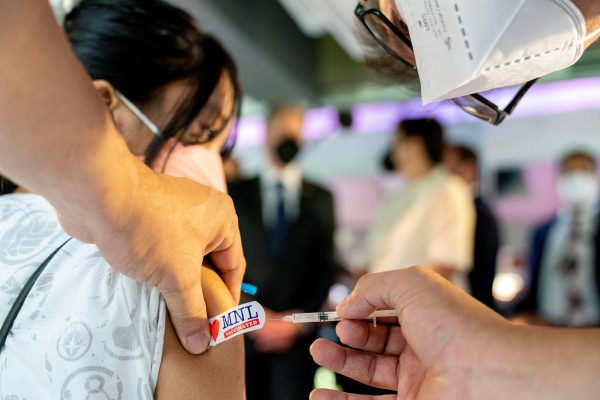The Report by the G20 High Level Independent Panel on Financing the Global Commons for Pandemic Preparedness and Response points out that the global health system is fragmented. It notes the major initiatives undertaken by the African Union and Africa Centres for Disease Control and Prevention in fighting the pandemic — a regional capacity that the Asia Pacific lacks. Looking beyond COVID-19, an Asia Centre for Disease Control would complement the global system.
ASEAN is one possible host for such an institution. But ASEAN members do not belong to the same World Health Organization office — some fall under Southeast Asia and others the Western Pacific — a peculiarity that might inhibit easy coordination.
On the other hand, ASEAN’s network of regional dialogue partners means that its coverage would not necessarily be limited to Southeast Asia, allowing a broader health network to emerge over time. ASEAN is an official observer of APEC, so an ASEAN health group could work in full partnership with the broader Asia Pacific region should the need arise.
The G20 High Level Independent Panel emphasised the need to shorten the response time to a pandemic and deliver equitable and global access to medical equipment. This is an important issue for the Asia Pacific region as APEC accounted for 41 per cent of global imports of medical goods and 29 per cent of global exports.
Regional institutions have been particularly active on the issue — see for example the 2019 Declaration of the Special ASEAN Summit on Coronavirus Disease and APEC’s Statement on COVID-19 Vaccine Supply Chains in 2021. The APEC statement was significant in agreeing to a specific list of products as well as a review mechanism to track the progress of the initiative. The commitments to keep markets open and refrain from imposing trade barriers on vaccine inputs are critical to keeping global vaccine production and trade stable.
To scale up the production of countermeasures, countries must share information on regional manufacturing capacity and availability. The need for greater supply-chain visibility was especially evident in the early stages of the pandemic given the surge in demand for personal protective equipment (PPE) and other health necessities. While manufacturers were able to respond, governments rarely had information on the prevailing market conditions and supply-chain chokepoints.
Beyond identifying supply-chain chokepoints, additional information is required to match vaccine developers with manufacturing facilities. Some of these relationships exist already — the Bill & Melinda Gates Foundation funds the production of the AstraZeneca and Novavax vaccines by the Serum Institute of India. But the ability to scale up and coordinate production at the plant, company and global level still does not exist.
Policymakers could take inspiration from the Agricultural Market Information System, established by G20 governments after the 2008–2011 food price crisis, to improve transparency and coordinate policy in the event of sudden scarcity.
The Agricultural Market Information System consists of the Global Food Market Information Group, which provides market information on a number of staple crops, and the Rapid Response Forum to discuss abnormal market conditions. This type of system would provide greater market information for PPE and help to meet the High-Level Panel’s target of a 100-day goal to develop, produce and deploy effective countermeasures against another pandemic.
But vaccines and medical products are more complex than agricultural products. The World Trade Organization estimates that a typical vaccine requires 9000 different materials sourced from 300 different suppliers across 30 different countries. The COVAX Manufacturing Task Force has a short-term objective of creating a public–private partnership to enhance the visibility of input supplies and, over the medium term, create an overview of global manufacturing capacity.
More work is needed on measures such as personal protective equipment. This is an area where institutions in the Asia Pacific can assist global efforts. APEC leaders have committed to ‘strongly support equitable access to safe, effective, quality-assured and affordable COVID-19 vaccines, diagnostics, therapeutics and other related essential medical products’.
They also have a tradition of working hand-in-hand with the business community, which is critical to the success of such an effort. While the Asia Pacific initially fared well with COVID-19, it was criticised for the relatively slow deployment of vaccines. While the early problems to do with vaccine supply and deployment seem to have been resolved, longer-term issues of pandemic preparedness still need to be addressed.
What is especially problematic for developing Asia is the relative cost of further fiscal expenditure to fund pandemic preparedness when government budgets are already stretched. While health and pandemic preparedness should be seen as core expenditure, finance ministries may not see it this way. Multilateral processes are needed to help governments make those arguments.
Eduardo Pedrosa is Secretary General of the Pacific Economic Co-operation Council in Singapore.
A version of this article was first published here on Global Asia.

